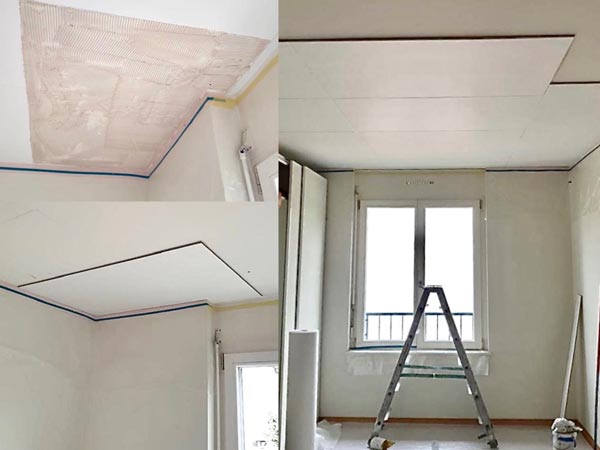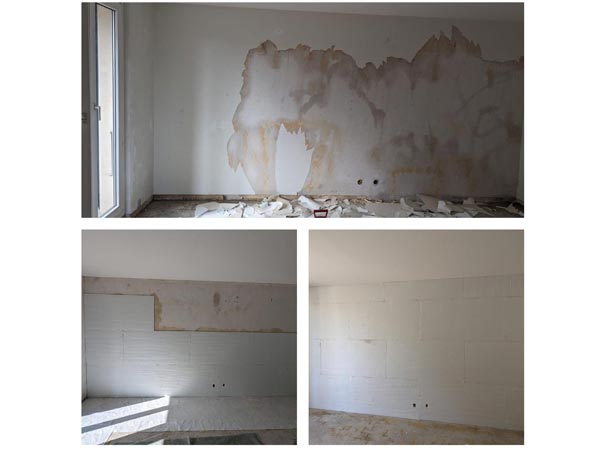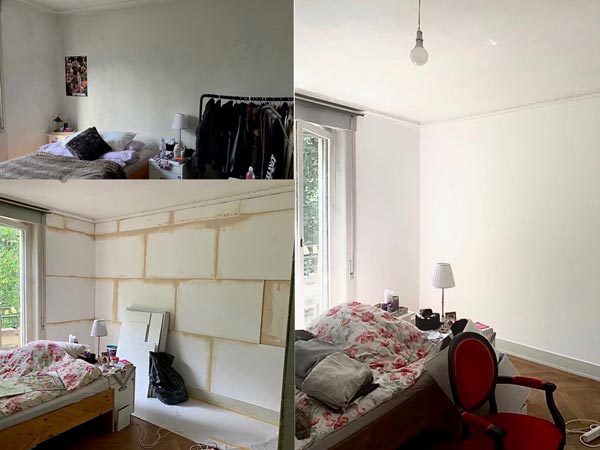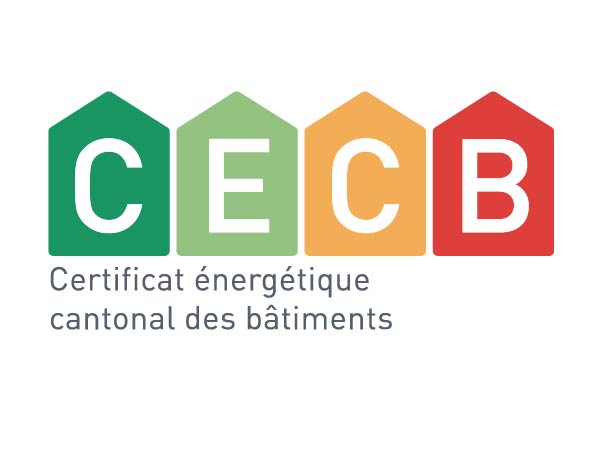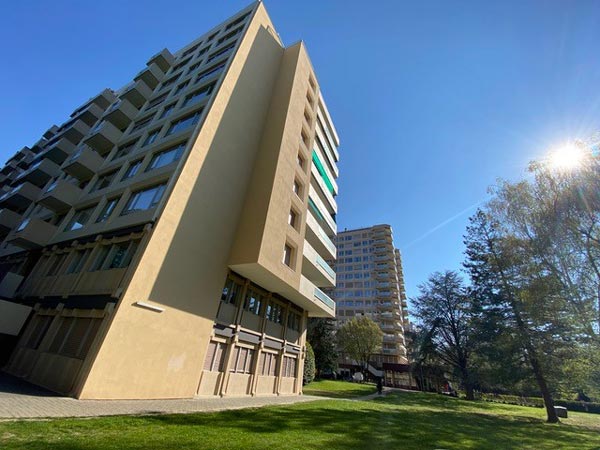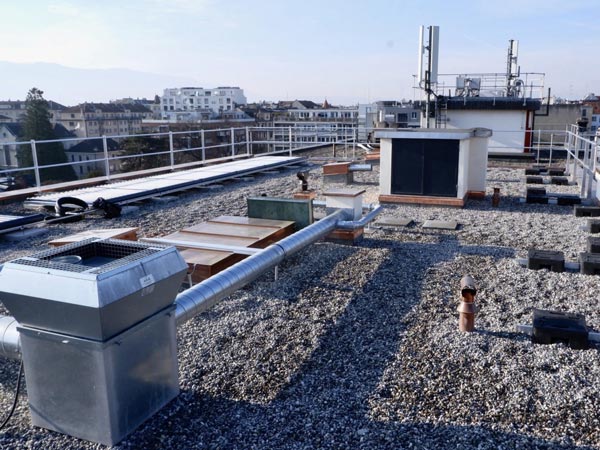Bertolit is your trusted partner for all your interior insulation needs in Geneva. Thanks to our expertise, we can offer you thermal insulation solutions tailored to your home. Whether for wooden or concrete walls, our team uses quality insulation materials such as glass wool, guaranteeing a minimum thickness to retain heat. We also install an effective vapor barrier to protect your interiors from the challenges of humidity.
By choosing Bertolit, you not only benefit from a well-insulated home, but also from advice on how to access the subsidies available in Geneva. Request a quotation today and let us guide you towards the type of insulation best suited to your home. Together, we’ll make your home or building a warm, eco-responsible space.



